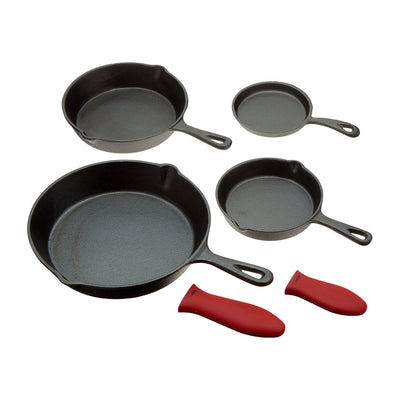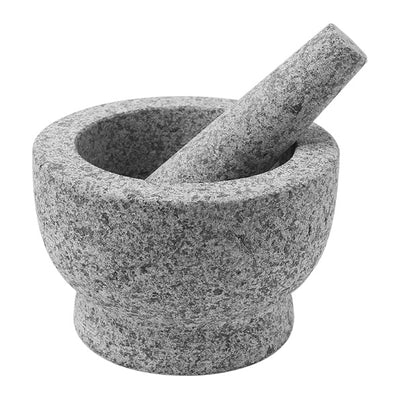Seasoning is crucial for turning new cast iron into nonstick wonders free of rust. This process of oil polymerization rejuvenates old cookware too. Check out these 5 effective methods for long-lasting cast iron seasoning at home:
1. The Traditional Oven Seasoning Method

One traditional route that works quite well is to season your cast iron using the oven. To begin, please preheat the oven to 375°F. Ensure that your cookware is completely clean and also dry. Using a towel or some paper, rub the cast iron surface lightly to make sure that it is clean and completely dry, then apply just enough oil (of your choice) on this surface. To prevent sticky or oily residue, you can use a paper towel to clean up any excessive oil. Put the cookware upside down in an oven, having a piece of aluminum foil or a baking sheet beneath to collect the drips. Then bake for about an hour and turn off the oven to let the cookware cool down inside. This technique is ideal for things such as a cast iron Dutch oven or a cast iron pizza pan.

2. Stovetop Seasoning Technique
Stovetop seasoning is quite a good alternative for a faster approach. Preheat your dry cast iron skillet in the medium heat of a stove. When hot, add a small amount of oil and coat it evenly with paper towels or even silicon sleeves to ensure safety. Put the skillet on the heat and allow it to smoke, then switch off until cool. Repeat this process 2-3 times. This approach is perfect for less large cookware like bread pan
3. Application of the Shortening for a Lasting Top Coat
Another common seasoning agent of cast iron is the shortening. It is highly smokeable, durable, and able to coat evenly. This should be followed by rubbing some shortening on the entire surface area of your cookware, the handle, and also the cookware lids.
Rinse the cookware and put it upside down in a preheated oven at 375°F with a baking sheet placed under the cookware. Bake this for one hour, then cool it in the oven. This is especially useful for cookware that is used on a regular basis, such as a cast-iron griddle.
4. Seasoning with Cooking Fats
If you like it natural, you can use cooking fats such as lard or bacon fat for the seasoning. In the case of these fats, after finishing cooking, while the pan is still warm, a paper towel is to be used to smear the fat so that it so thoroughly covers the entire surface to form a film.
Heat the pan on the stove until it starts smoking, and then let it cool down. This technique is ideal for an already well-seasoned cast iron skillet or a cast iron pot, as it imparts a taste and also enhances the non-stick over the years.
Takeaway
Invest in high-quality cast iron cookware like those available at Crucible Cookware that imbibe seasoning integrity for decades. Be it cast iron skillets, Dutch ovens, or grill pans, their superior craftsmanship and pre-seasoning assist everyday nonstick cooking attempts.